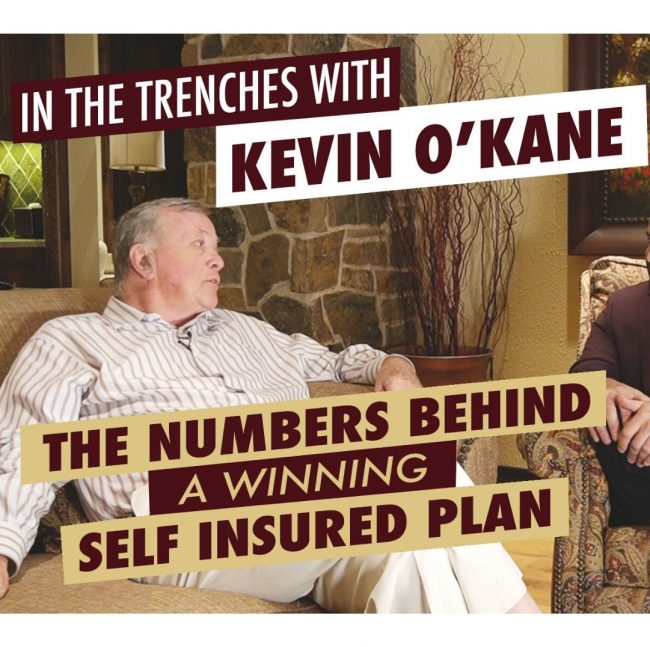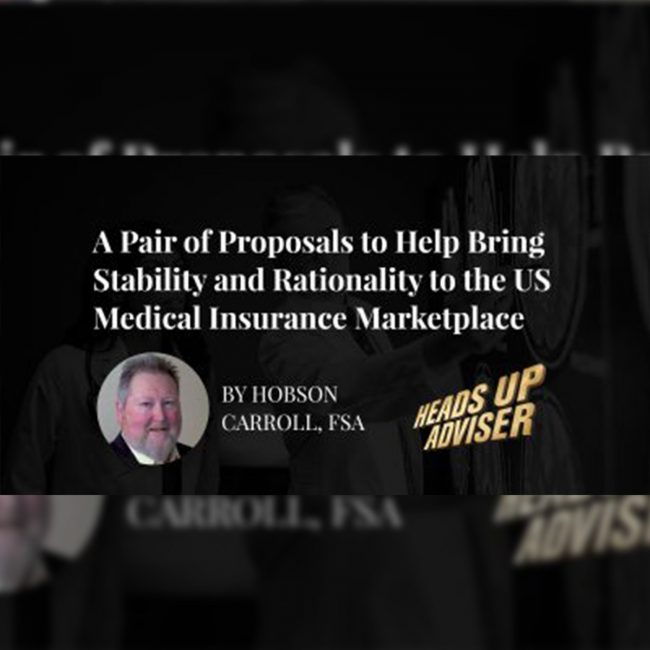Proactive Reference-Based Pricing / Robyn Jacobson
Proactive Reference-Based Pricing
SUBSCRIBE
SHOW SPONSOR
Robyn Jacobson was one of the speakers on the Self-Funding Mastery 2020, talking about insights of self-funded plans and how to avoid getting fired or sued when designing them.
So in this week's episode, we've decided to uncover the insights of designing and managing the most tricky... Reference-Based Pricing Plans!
Dig into the latest episode of the Heads Up Adviser Show [PROACTIVE REFERENCE-BASED PRICING], where John Sbrocco interviews Robyn Jacobson on all the pitfalls the broker has to pass on the way to a perfect RBP Plan.
Here's what you will learn:
- The Reference-Based Pricing (RBP) in simple terms
- What is pricing discrimination in RBP Plans, and how it affects both employers and hospitals
- The fair reimbursement strategy for the RBP Plan
- Safe harbors and dealing with the balance bills.
Don't forget to download your EMAIL MARKETING FRAMEWORK for free.
To a better you!
John Sbrocco and Craig Lack























